News
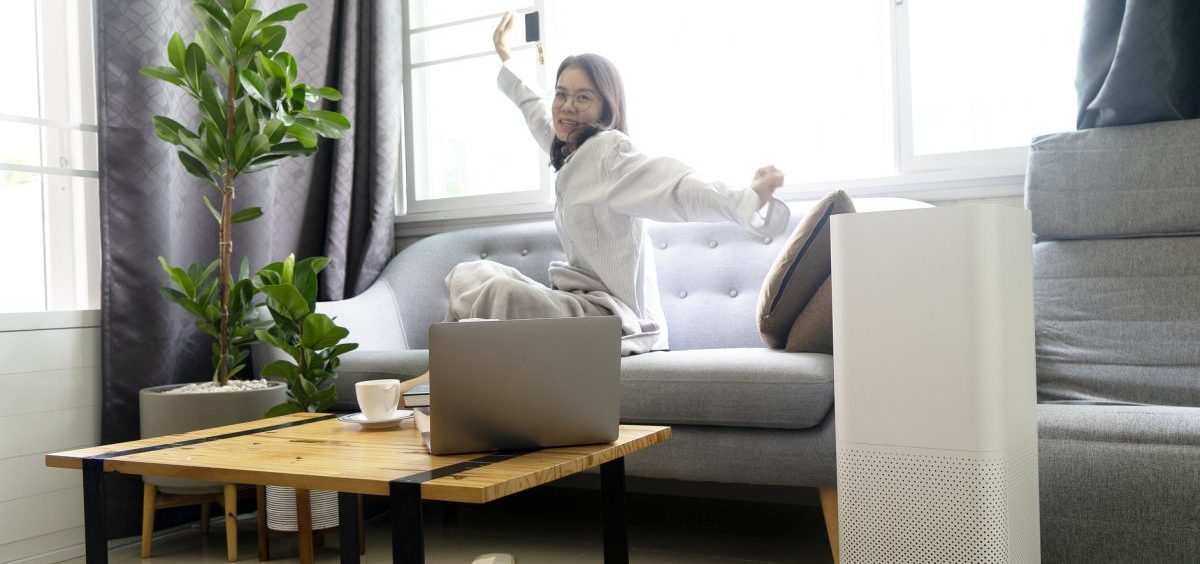
Poor air quality indoors can make you sick. Here’s how to keep your home’s air clean
By: Ari Daniel | NPR
Posted on:
WASHINGTON (NPR) — This summer, with wildfire smoke suffocating swaths of North America, we’ve been warned to stay indoors to avoid poor quality air. But there are things inside your home you don’t necessarily want to be inhaling either.
Once you start learning about possible indoor air pollutants, it may be difficult to stop noticing them, warns Katherine Pruitt, national senior director for policy at the American Lung Association.
One source is moisture stemming from flooding, leaks, or even just high humidity, which can “support the proliferation of germs, pathogens, mold, dust mites, allergens or actual toxins,” says Pruitt.
Certain gasses can be dangerous, too. There’s carbon monoxide that emanates from combustion appliances, like gas stoves or space heaters. And there’s radon, which is a radioactive gas that “comes into the home naturally,” Pruitt says, “and which can result in lung cancer.”
You also have to look out for consumer goods and cleaning supplies that can release pollutants like formaldehyde, benzene, and other volatile organic compounds. These can be found in furnishings like wall covers, furniture and carpets.
And of course, smoking or burning a fire indoors introduces smoke. Plus, sometimes outdoor air wafting in through your windows can contain troublesome contaminants, like wildfire smoke, pollen and other allergens.
Health impacts from indoor air quality
Poor indoor air quality can have health consequences that range from irritation of the eyes, nose and throat to headaches and dizziness to asthma attacks. It’s also linked to respiratory and heart disease, according to the Environmental Protection Agency.
There may be cognitive risks to breathing polluted air as well. For example, one study showed that workers didn’t perform as well on cognitive tests when office ventilation rates were lower.
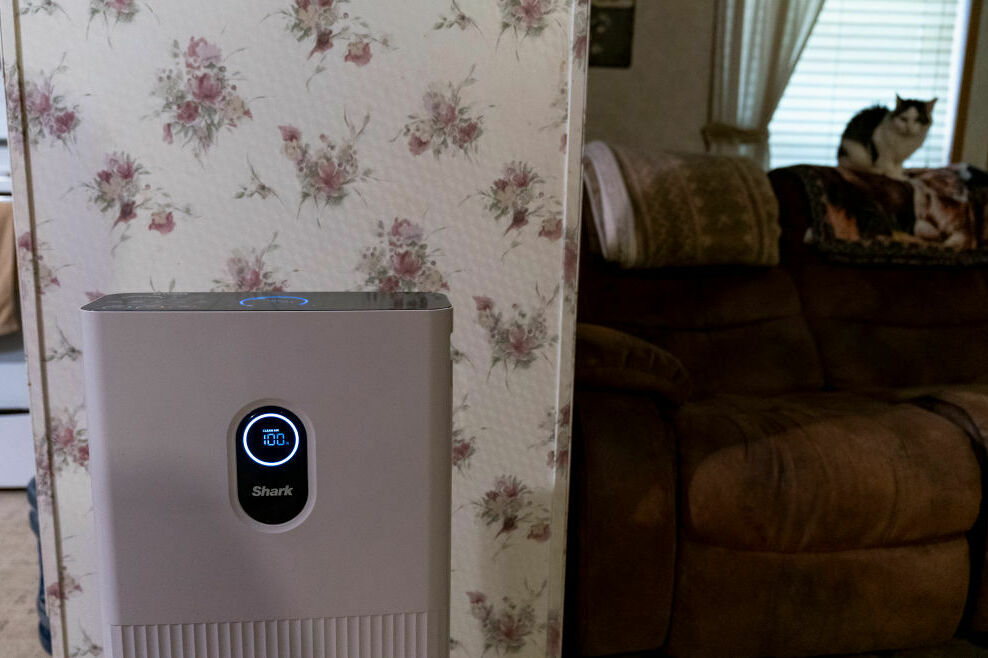
“There are many infections that we’ve known for a long time, long before COVID, that transmit through the air,” says Andrew Ibrahim, a surgeon and researcher from the University of Michigan with a background in architecture. “So circulating air reduces the likelihood of it transmitting between people.”
The Centers for Disease Control and Prevention updated its ventilation guidance this May, urging building owners and operators to adopt practices that reduce the spread of viral particles. Though these recommendations are perhaps most relevant to schools, hospitals, and group residential or care facilities, homeowners could learn from their advice too.
It’s a lot to keep track of. “Actually, working on indoor air quality makes you kind of crazy!” exclaims Pruitt. But don’t panic. We’ve got tips!
Maximize fresh air
Pruitt offers three basic steps you can take to make your air better at home. The first has to do with ventilation. “In general, in most situations,” she says, “fresh air from outside is better than no fresh air from outside.”
This means that opening up your windows is often the simplest way to disperse anything nefarious that may be accumulating inside. If you have it, running your central air can be a good way to bring in outside air.
The CDC recommends using a fan to improve indoor air quality. For instance, you might place one near an open window to help exhaust indoor air to the outdoors.
However, says Pruitt, “there are some times when the air outside is not a good idea to be bringing into your home.” Just take the terrible air billowing off the wildfires in Canada this summer.
So check your local air quality index before cracking your windows, to be safe.
Control the source of the pollutants
The second thing you can do is called source control, which is “keeping sources of contaminants out of the indoor environment if you can,” says Pruitt, including pests, mold and pollen.
The rationale is that if you eliminate the source, you eliminate the problem. It can be as simple, Pruitt says, as leaving your dry cleaning outside long enough to air the solvents out. She recommends eliminating scented candles and other “air-manipulating devices” that push aromas into your home “because those scents are actually volatile organic compounds.”
When it comes to flooring, “carpet can harbor dust mites in a way that hardwood floors don’t,” says Pruitt. So it may make sense to pull out the carpeting if you have allergies or asthma.
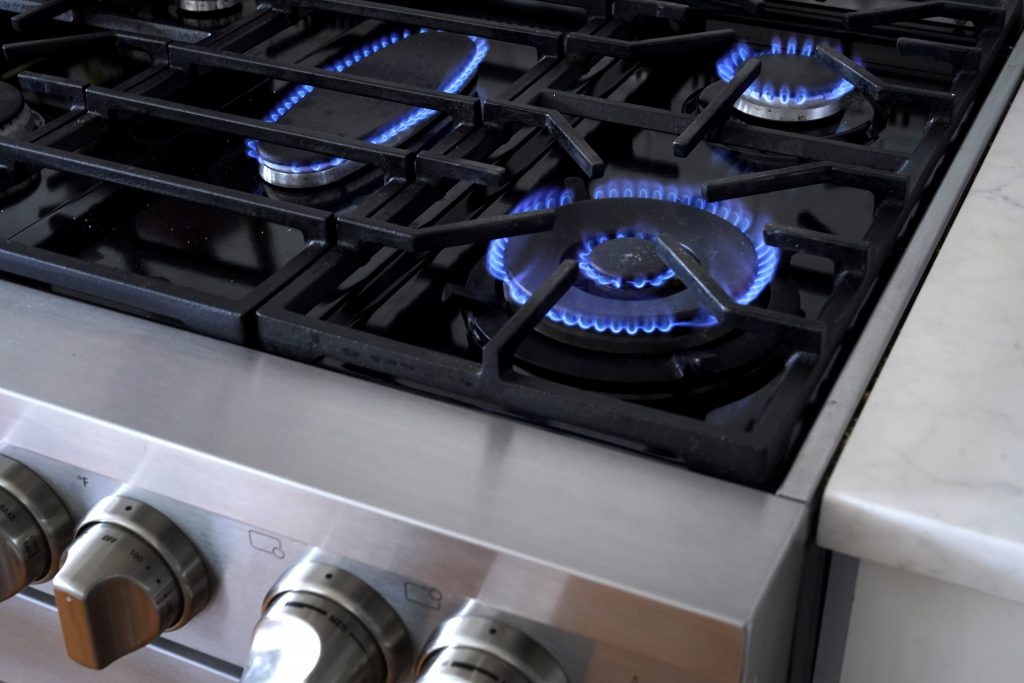
Then there’s gas stoves and appliances, which can leak methane and carbon dioxide, says John Macomber, a lecturer at the Harvard Business School and author of Healthy Buildings: How Indoor Spaces Drive Performance and Productivity. “So unless you have perfect exhaust of what you’re burning, then you’re going to have particulates and compounds in the house.”
If you’re not able to jettison your gas lines, make sure you’ve got a working carbon monoxide detector. And if you have an exhaust fan, double check that it’s venting to the outside.
“It’s kind of strange,” says Macomber, “that people evolved over centuries to have open flames where they live.”
Instead of always cooking with the gas stove, consider using the microwave, toaster oven, or a portable induction cooktop when possible. Pruitt stresses the importance of making sure your appliances are serviced regularly so that they’re in good working order.
Purify the air
Finally, if necessary, the third thing you can try to improve your air is filtration. For instance, if you want to remove airborne particles like smoke, dust, pollen, mold spores and germs, it may make sense to use an indoor air purifier. The CDC suggests using one with a high-efficiency particulate air, or HEPA, filter to reduce the spread of viral particles. They’re effective at capturing other pollutants too.
For more specific advice, Pruitt says, “the California Air Resources Board has a certification program for air cleaners, along with some excellent guidance.”
And, “for homes with air conditioners,” says Ibrahim, “you have a filter that you’re supposed to be changing regularly.” He suggests swapping the default filter out for a better one. Filters come with MERV ratings, which stands for the minimum efficiency reporting values. A decent level is MERV 13, says Ibrahim. (HEPA filters are superior with a rating of at least MERV 17.)
Pruitt says that everyone, especially those most vulnerable to indoor pollutants like small children, the elderly, and those with respiratory conditions, benefits from these improvements. “Every small change you are ready and able to make will improve your indoor air quality,” she says.
But what if you’re prepared to invest more in improving the air in your home environment?
What to know if you’re considering bigger HVAC upgrades
If you’re in a position to upgrade your home’s HVAC system, there’s a lot you can do to improve your air quality.
Macomber, who ran a construction company out of Boston for 30 years, is remodeling his home in Cambridge, Mass., focusing on energy efficiency and air quality. He has a few suggestions.
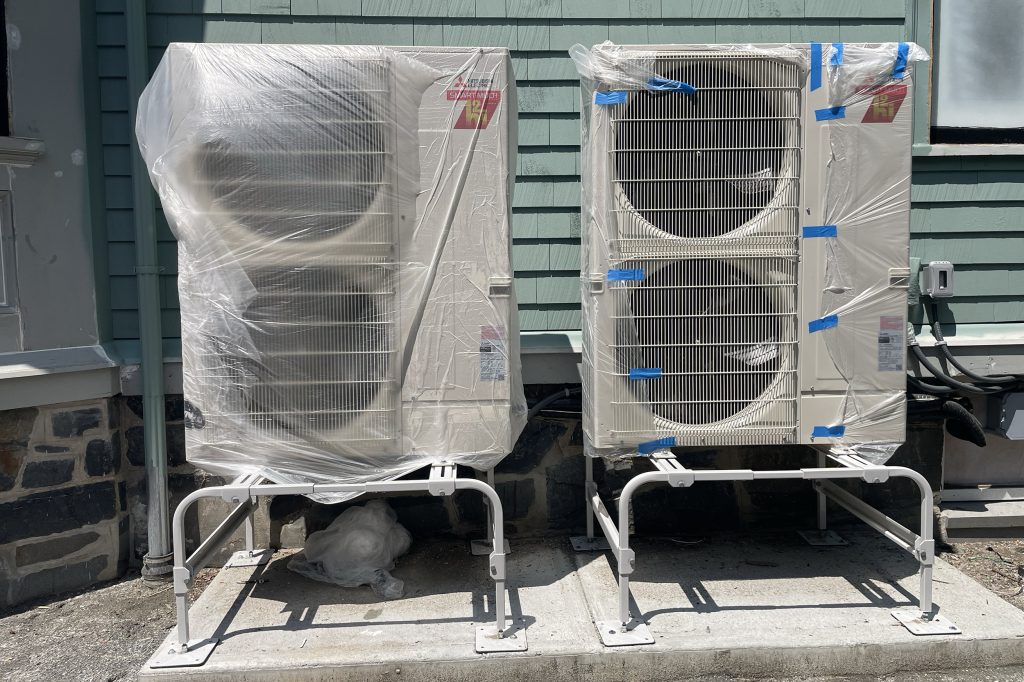
But Macomber is opting for changes that may make sense if you’re renovating anyway, like ripping out the gas lines for heating and cooking and switching to all electric.
In addition, “if it looks like your furnace or hot water heater is about to die or you have to replace your central air conditioning,” he says, that’s when you can think of a more efficient and cleaner way to heat and cool your home.
“There’s also various levels of tax benefits,” says Macomber. “A lot of them are credits that are available to low and moderate income.”
The IRS explains these home improvement credits, which center around energy inefficiency. They include heat pumps and insulation, “which lead directly to better indoor air quality,” Macomber says. For instance, you can claim up to $2000 per year for a qualifying heat pump, which uses electricity to move heat from a cool place to a warm place.
Air upgrades in apartments and commercial buildings
The CDC’s recent update to its ventilation guidelines recommends, among other things, that indoor air be exchanged at least five times every hour, which is well above that of the average household.
Schools, health care facilities, and group residential or care facilities are in the best position to benefit from air quality improvements based on these suggestions, says Pruitt.
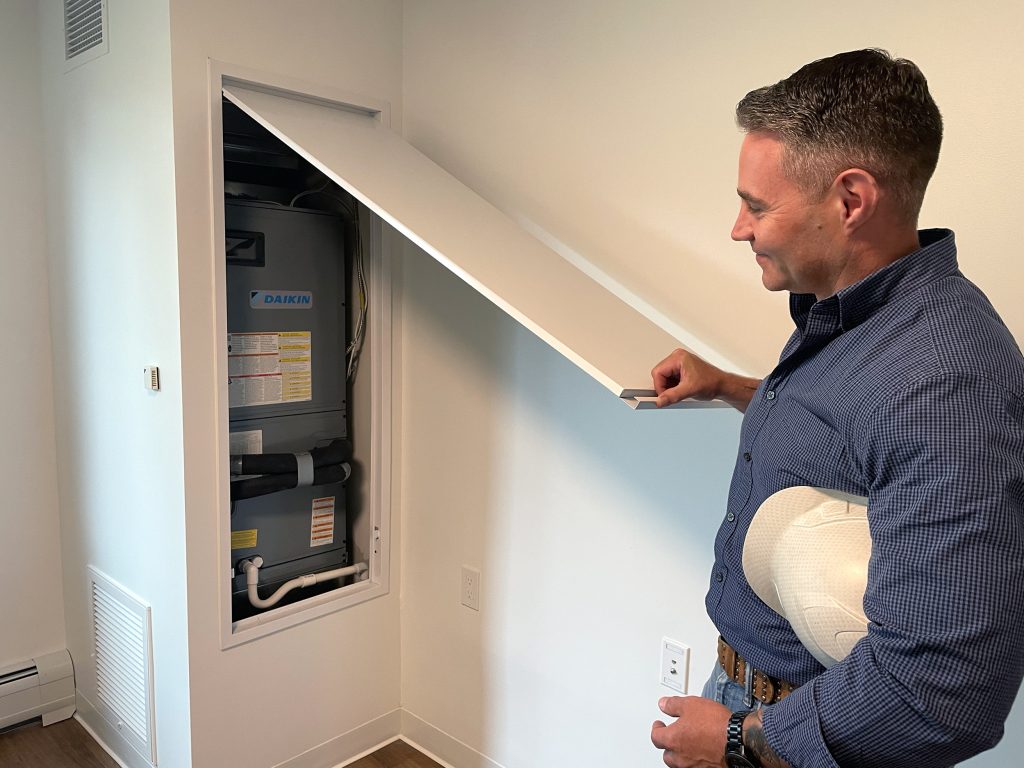
These enhancements can also improve air quality, which can be especially important for more vulnerable populations, including senior citizens like 87-year-old Marvin Wilkenfeld.
In 2004, he moved into a set of government-subsidized apartments for low-income seniors in Newton, Mass., just west of Boston run by the nonprofit 2Life Communities.
He liked the place a lot, including the community that surrounded him and the convenience store he volunteered to run out of the ground floor of his building.
But Wilkenfeld has a dust and pollen allergy. “I get very stuffy and I’m very congested. I’m sneezing and of course, I’m constantly blowing my nose,” he says, chuckling.
So when 2Life Communities announced their plans to renovate every unit in the building, Wilkenfeld was thrilled.
Before the renovation, ventilation in Wilkenfeld’s building was achieved almost exclusively by opening the windows. “There was no real cleaning of the air,” he says, “there was no filtration of the air within the units.”
Joe O’Toole, the facilities director overseeing the renovations says they all follow the Massachusetts stretch energy code. “We just came off of two years of COVID and ventilation is very key,” he says.
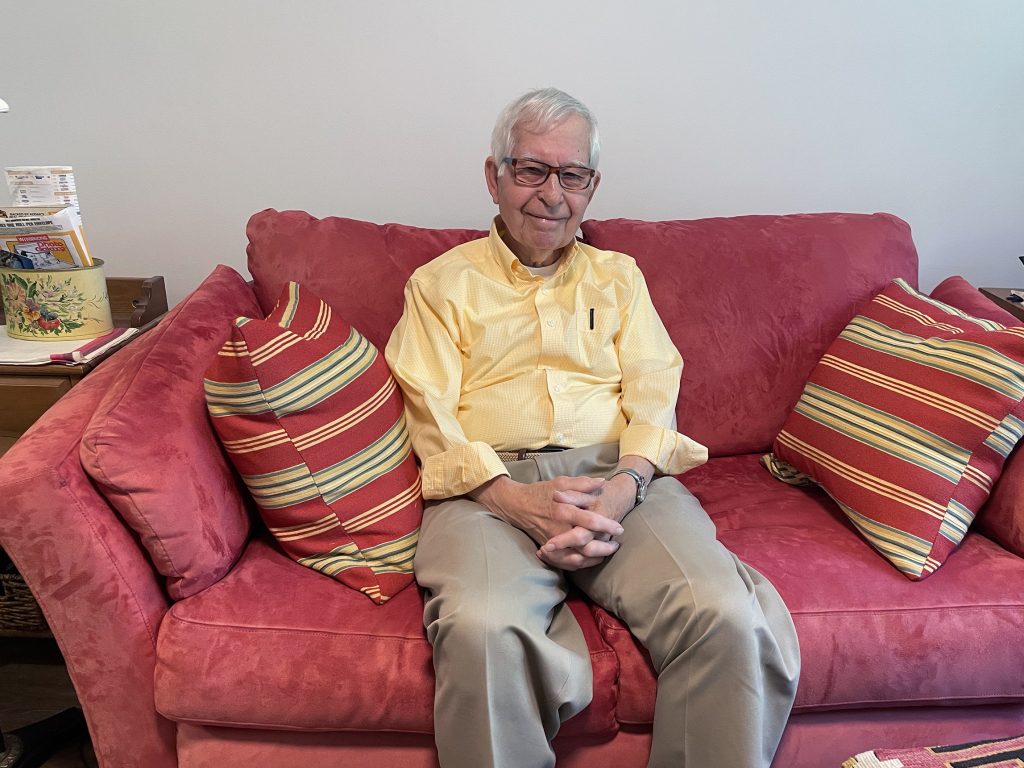
“It’s taking air from in here,” says O’Toole, gesturing towards the bathroom and the kitchen, and it pushes it outside, along with any indoor air pollutants like smoke, grease, and sprays. “And at the same time, it’s bringing the same volume of outside air back into the unit.”
In this way, the residents get fresh, filtered air all the time. Another big change is the heating and cooling setup. The new system is called variable refrigerant flow, which provides heating or cooling throughout the year based on demand, along with air filtration.
Wilkenfeld says the changes are marvelous. “I’m looking forward to moving in and knowing that my indoor environment is being cleansed and it’s comfortable,” he says.
9(MDU1ODUxOTA3MDE2MDQwNjY2NjEyM2Q3ZA000))

